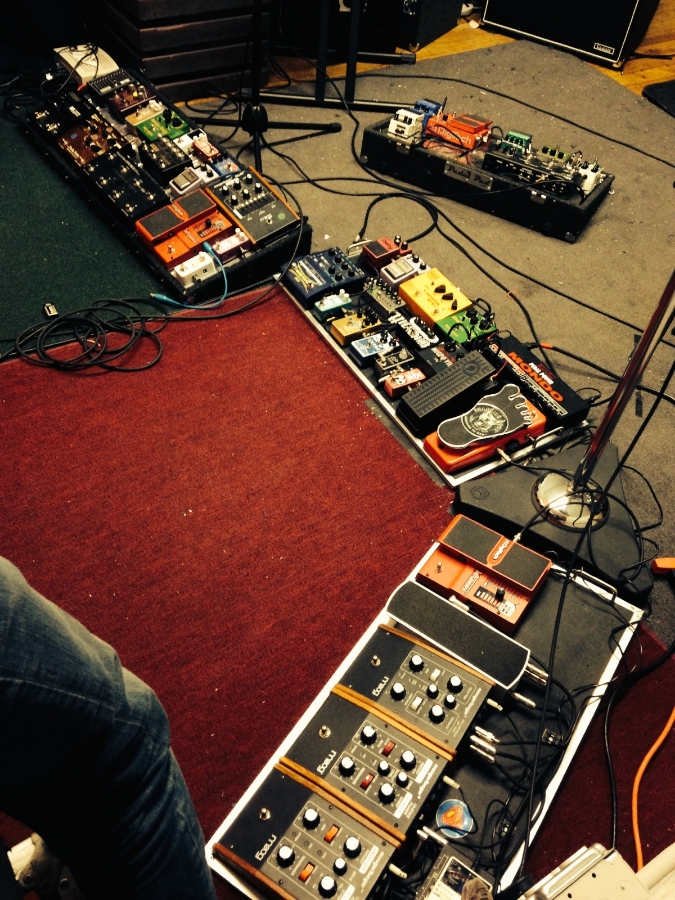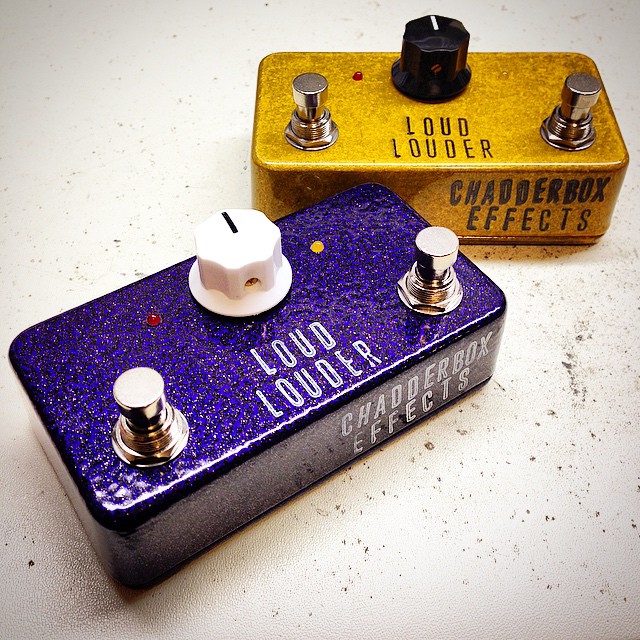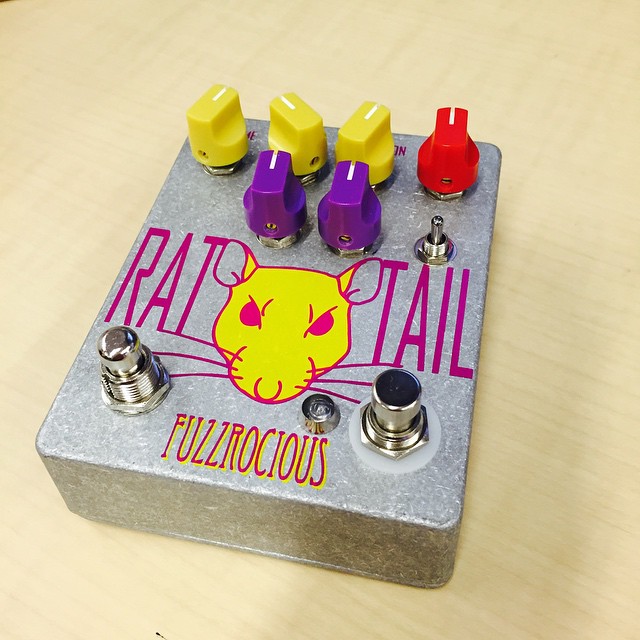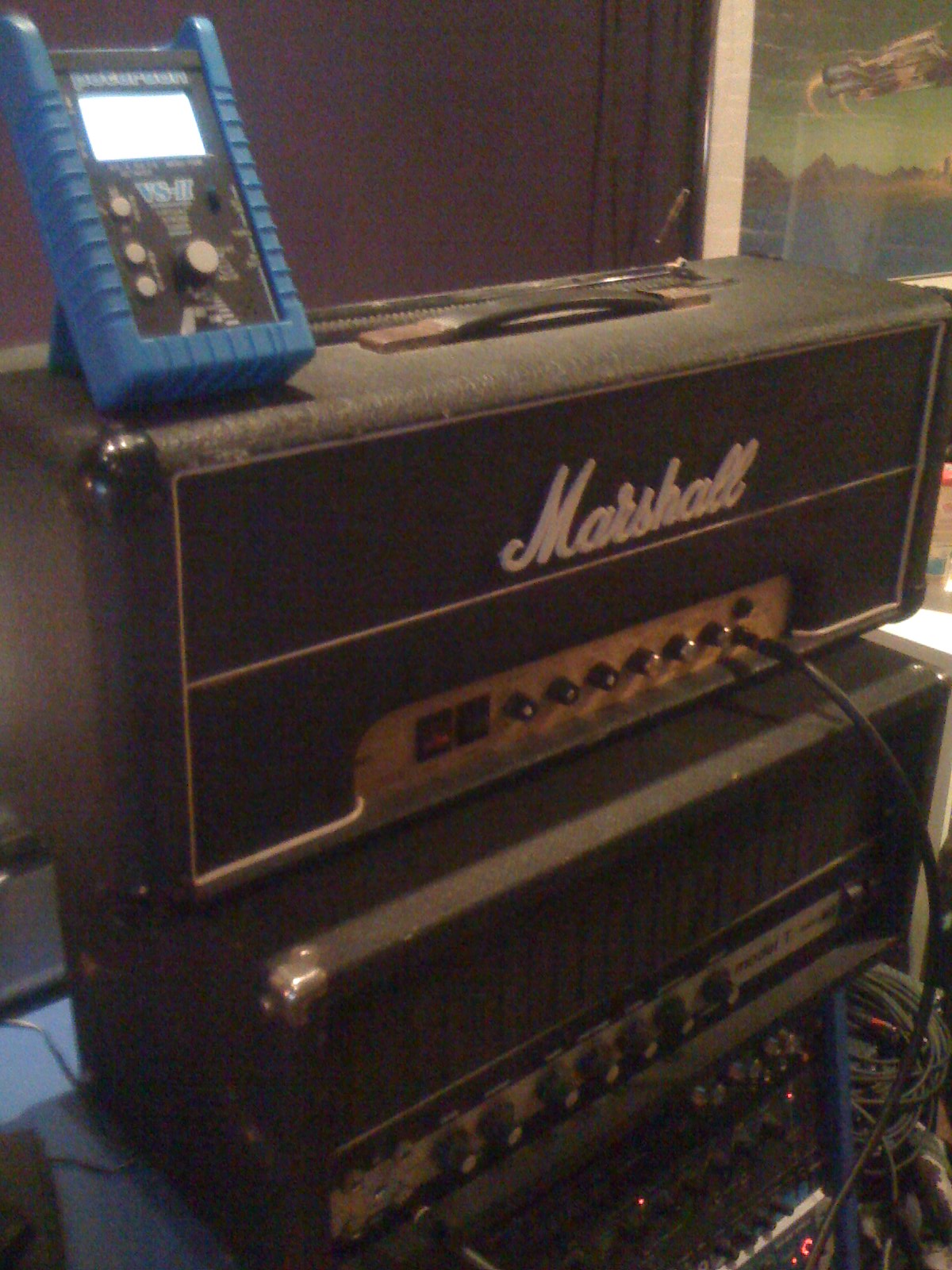Got a power supply chosen? Great what order are you pedals going to be in?

Of course there is an established standard for how you should lay out your effects. But like anything creative breaking the rules can lead to unexpected benefits. There are also things like ergonomics and space that need to be taken into account. The standard chain usually looks something like this: dynamic effects (compressors, wahs, filters), pitch shifting effects, gain, modulation, and then finally space (reverbs, delays). So a standard board could be something like Wah, Whammy, Distortion, Chorus, Delay.
What happens when you change that? Throw some flanger before your distortion for example? In those cases the effect is usually less pronounced. I personally think a flanger before distortion sounds amazing. You can get some great feedback effects that way as well. What about a wah after distortion. It exaggerates the effect also leading to some really cool sounds. Another less used order is chorus last. It makes me think of a Roland Jazz Chorus amp and really brightens up everything.
On my personal board there is a mixture of things going on. The signal hits the Moogfooger pedals first. I find their input's really like a clean unaffected signal. I found when I had them after my volume pedal, backing down on the volume really changed the effect. I also find that if I plug into an effect in the top rather than the side I'm less likely to yank the cable out onstage. Having the Moog pedals before any gain makes them much more subtle when used with overdrive tones. The delay before distortion makes for a much messier sound that I like a lot. From there I hit the volume and whammy pedals. Tuner out on the volume driving the tuner so I can tune at full volume and silently. Helps for fine tuning during the song. That rounds out board one. The Moogerfooger pedals don't have true bypass. Their gain is always part of the signal. I use it to help drive the signal through such a large signal chain. I still lose a bit of high end, but the buffering from those pedals really helps out.
Board two starts with my wah. Pretty standard placement before the gain stages but being after a delay makes for a cool filtered echo sound. Next the chain his the Micro Vibe. The placement of this pedal is mostly due to space limitations. I often use it for a Pink Floydian "breathe" tone with some delay so it's not used with distortion often. Now we move into the gain stages. First are the Z.Vex fuzz pedals. The Machine fuzz sounds great going into other fuzzes. And by great I mean terrible. Which is totally the point. It sounds like your amp is on the verge of exploding or your speakers are shredded. The other gain pedals are mostly used by themselves so the order is also for spacing reasons. From there it moves to a true bypass looper. That looper has a delay and chorus in it. I love these two pedals together and almost always use them in tandem. Having them on one switch makes it much easier for me to do that and allows them to be way out of the way on the board. Normally one would put delay before reverb but based on the power jacks on the Eterna and Echorec pedals mine are the other way. Another example of how sometimes logistics outweigh standards. I keep the tremolo at the end of the chain so I can chop up my whole signal. Love the sound of the delay into the trem. Finishing it off is the Akai Headrush. That way I can sample everything in my chain.
There are other great options for layouts as well. Corey uses a programmable switching system on his board. Each pedal on his board gets a loop and by pressing on button on his switch it can run his signal through anyone or all of his effects. It also has midi control so it can change patches on his Whammy pedal and his Line 6 M5. That way he isn't turning knobs in between each song like I seem to be. I previously had a similar system, but with pedals racked behind me with my amp and just a controller on the floor. I moved to an all pedals on the floor layout because I love turning those knobs.
I recommend doing lots of planning before actually doing any wiring. Before I actually started moving pedals around I filled a notebook with possible signal chains and diagrams. A really great resource is the Pedal Board Planner. This site allows you to choose from the standard sized boards and lots of popular effects. It's important to consider power cable lengths as well as room for plugs. Also sites like Guitar Geek have tons of rig diagrams that are awesome for inspiration.
Your layout is as personal as your guitar choice. Experiment. Don't be afraid to tear everything up and start from scratch. It's a never ending quest for me to balance what I can fit and where with the sounds I'm trying to achieve. Good luck!




